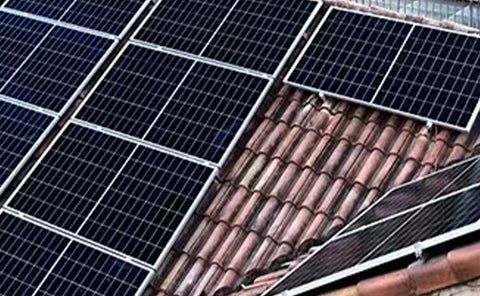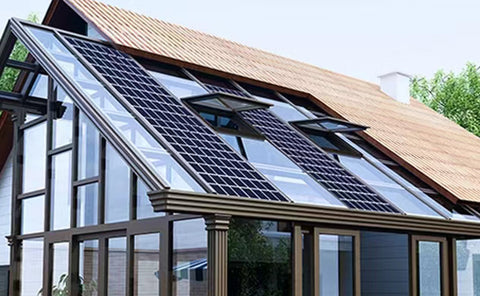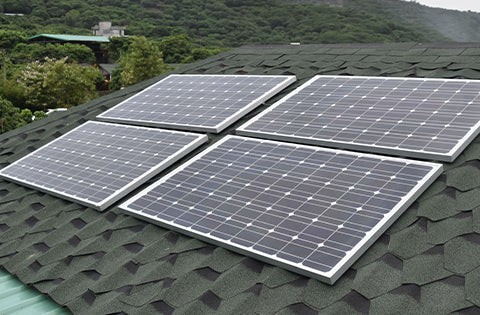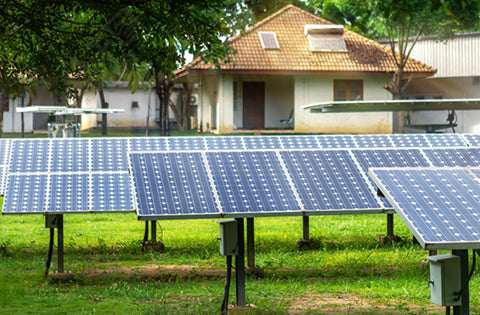Solar technology is currently more affordable than ever. As prices continue to improve, many home builders are thinking about constructing their homes with an integrated solar system. This can be a smart way to reduce future costs and protect the environment. But it can increase costs in the short term. So, here are a few questions that you should explore if you plan to build a solar home. Depending on the homeowner’s preference, solar systems can be integrated entirely with a local grid, separated from the grid, or integrated part-time. Each option has its benefits and downsides.
Grid-tied systems
Grid-tied systems constantly interact with a local grid. This is a popular option because it gives homeowners the chance to use standard power in cloudy weather or at night when photocells aren’t generating. During the sunniest hours of the day, when a home’s inhabitants aren’t using much electricity, the system can send excess energy back to the grid. The process enables you to earn credits with the local utility company (thanks to net metering) and is usually considered the most cost-effective setup.

Hybrid systems
Hybrid systems connect to the grid. But they provide extra protection against outages when neither the local grid nor the solar system provides power. The hybrid setup actively charges a battery that homeowners can rely on if necessary. Batteries can be expensive, but a hybrid can provide peace of mind in an emergency, weather event, or unexpected grid failure.
Off-grid systems
Running completely off-grid is the most challenging but most environmentally sound way to power a home. When your home is unconnected to a grid, you may have to make significant lifestyle changes. However, with a sufficiently large home solar array, it is possible to power a home entirely through solar energy. This option is for those committed to showing the world that a sustainable lifestyle is doable.
Most people only know about active solar energy arrangements, but humans have been using passive solar energy for thousands of years. Design choices maximize your energy production. These include: your home’s position relative to the Sun, building materials, skylights and ceiling height. The best place for an array is on the roof of many traditional homes, aligned with the Sun. For some, however, this isn’t the best arrangement. Maximum sun exposure is critical for making an array work. If tree canopies block a home, an adjacent field or open area can work better.

If you’ve been preparing for a solar home building project, take some time to plan your endeavor. If you need help, contact our dedicated support staff at SOLARPARTS Or visit us online today for the latest solar panels and accessories with lifetime support and a satisfaction guarantee!
Phone: +86-13923729619 Fax: +86-755-28720791
WhatsApp: +86-13923729619 Wechat: 13510027129
Email address: Philip@isolarparts.com
Homepage: www.isolarparts.com



